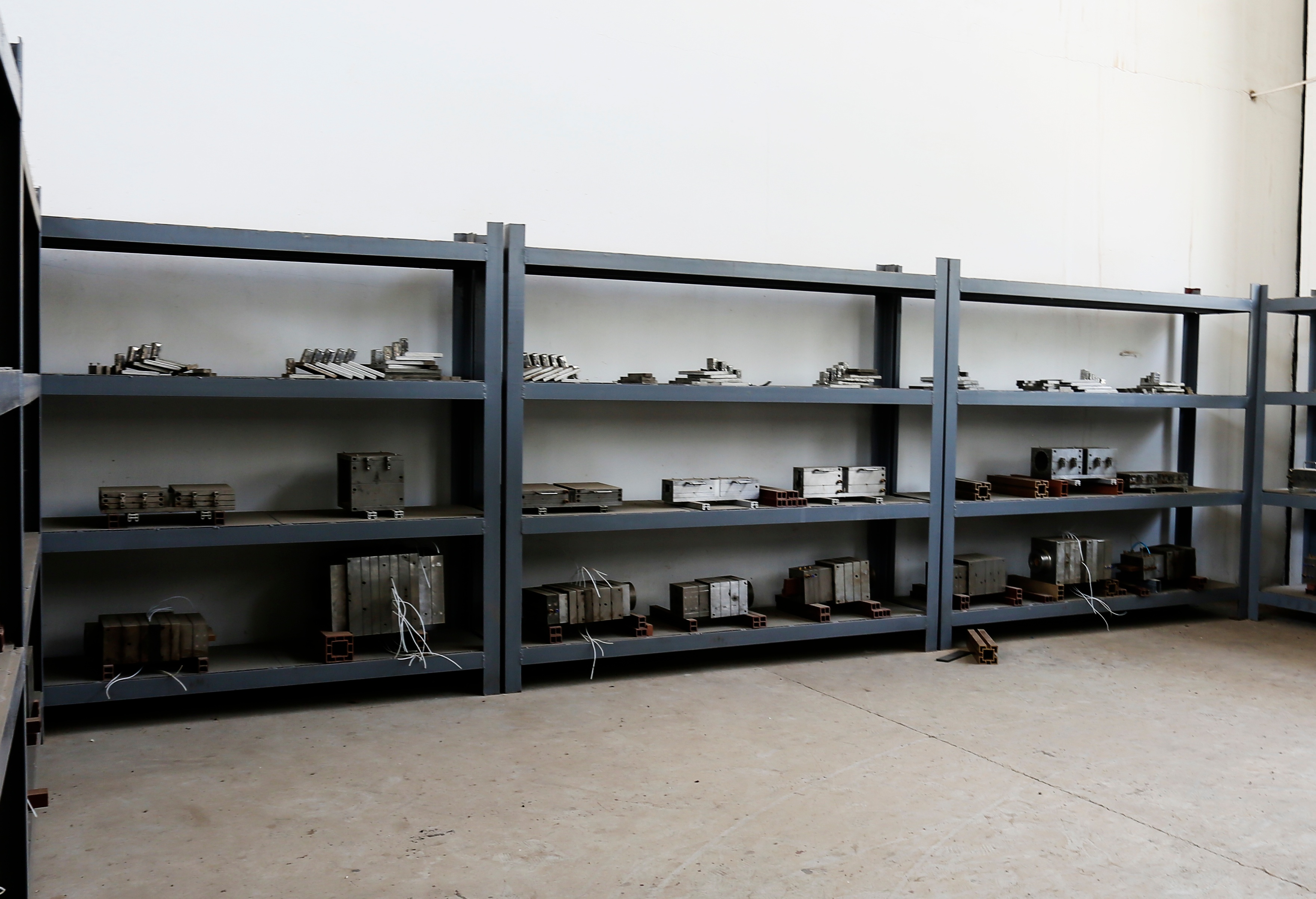Views: 0 Author: Site Editor Publish Time: 2015-04-10 Origin: Site

The general steps for debugging are as follows:
(1) Before starting the machine, check whether the temperature control is sensitive, whether the instrument is malfunctioning, whether the cooling water path is smooth, etc. Usually, thermometer, cooling water and other methods are used for detection.
(2) Heat the screw, barrel and die of the extruder according to the extruder operating procedures. After the temperature rises to the set temperature, it must be kept warm for about 10 minutes before starting the machine, so that the temperature of each part of the machine tends to Stablize.
(3) Before starting the machine, be sure to tighten the connecting screws and bolts of all parts of the die head while they are hot. Before the material is extruded, the operator must not stand directly in front of the die to prevent bolts or screws from breaking and causing injuries.
(4) When starting extrusion, the screw speed should be slow, and then gradually speed up to prevent overloading during startup and damage to the machine parts.
(5) When starting up the machine, add a small amount of material first and keep the feeding balanced. When feeding, pay close attention to various table values such as torque. After the material is extruded from the die mouth and the traction equipment is pulled up, the amount of material can be gradually increased until the Extrude normally.
(6) When starting to pull, there should be a certain distance between the shaping mold and the die head to facilitate pulling. Open the waterway (be careful not to pour water into the mold head, otherwise it will cause abnormal discharging of the die head and lead to material breakage or mold blockage). For complex shapes with small cavities and multi-cavity profiles in one mold, the cover of the shaping mold needs to be opened. ; After confirming that the extruded material is plasticized normally, pull the material to the tractor through the set traction rope. Shorten the distance between the shaping table and the die head, cover the cover, and start the vacuum pump. When the extrusion speed and the traction speed are basically balanced, observe that the profile is extruded normally and then reduce the distance between the shaping table and the die head to the ideal value.
(7) If it is found that the parison is not formed at the entrance end of the shaping mold or the internal ribs are adhered to the inner cavity surface of the profile, use a pointed tool to poke several small holes in the unformed part of the parison or the internal ribs at the entrance end of the shaping mold. The hole allows the small cavity to communicate with the atmosphere. When the parison enters the shaping mold, it is open, which facilitates the formation of negative pressure and promotes the parison to adhere tightly to the mold wall of the shaping mold.
(8) If the mold is blocked (not blocked), the shaping table should be moved back immediately or the pulling speed should be increased, or the above two solutions should be implemented at the same time, and then the process should be adjusted to resume normal production. If it is blocked and the above solution is ineffective, the shaping table should be moved back immediately, the material should be shoveled along the shaping mold, the water vapor in the shaping mold should be turned off, the traction speed should be reduced, and the profile should be slowly pulled out of the shaping mold. If part of the profile is broken in the shaping mold, the shaping mold needs to be disassembled and the remaining material must be completely removed.
(9) When shutting down, it is generally necessary to add shutdown material first to squeeze out all the production materials in the machine, then stop the machine and disassemble the die head while it is hot for mold cleaning.